The Julian calendar, proposed by Julius Caesar in 46 BC (708 AUC), was a reform of the Roman calendar.Unfortunately, this implied storyline is very misleading because the Julian Year only started to slowly enter general circulation in Western Europe during the 13th century.
...
It took effect on 1 January 45 BC (AUC 709), by edict.
The Julian calendar was in general use in Europe and northern Africa until 1582, when Pope Gregory XIII promulgated the Gregorian calendar.
https://en.wikipedia.org/wiki/Julian_calendar
In the history of Europe, the Middle Ages or Medieval Period lasted from the 5th to the 15th century.
It began with the fall of the Western Roman Empire and merged into the Renaissance and the Age of Discovery.
https://en.wikipedia.org/wiki/Medieval_period
The Early Dated Coins of Europe 1234-1500 - Robert A. Levinson - 2007The 13th century introduction of the Julian Year further reinforces the view that the monasteries only became established in Western Europe during the 11th century.
https://www.amazon.com/dp/0871846004 - https://www.amazon.co.uk/dp/0871846004
MedievalCoinage.com - Early Dated Coins
http://www.medievalcoinage.com/earlydated/
The manuscript evidence clearly suggests [that during the 11th century] the Machiavellian Monasteries calved up the European remnants of the Roman Empire between themselves by manufacturing the necessary historical narratives [and prodigious pedigrees] from their power bases in France and Germany.Before the introduction of Julian Year coins the general population of England enjoyed a monotonous and numberless Groundhog Year that cycled through 12 liturgical months.
See: https://malagabay.wordpress.com/2015/07/01/the-heinsohn-horizon-the-academic-abyss/
Finally, it should be noted that in early times documents were rarely dated at all.After the Norman Conquest "official documents" started using the Regnal Year.
Thus, private charters are commonly dated only from the time of Edward I, and even royal charters are often undated in the 12th century and before.
Medieval English Genealogy - Chronology and Dating
http://www.medievalgenealogy.org.uk/guide/chron.shtml
For centuries, English official public documents have been dated by the regnal years of the ruling monarch.From the late 13th century the Groundhog Year was enshrined in Breviaries.
...
Regnal years are calculated from the official date (year, month and day) of a monarch's accession.
...
When a monarch dies, abdicates or is deposed, the regnal year comes to an end (whether the full year has run its course or not).
A new regnal year begins from a new date, with a new monarch.
https://en.wikipedia.org/wiki/Regnal_years_of_English_monarchs
Exchequer dating
To complicate regnal dating further, the medieval Exchequer used a different system of regnal years.
The Exchequer year ran from Michaelmas to Michaelmas (30 September-29 September), and in most reigns it was assigned the number of the conventional regnal year in which it ended.
Medieval English Genealogy - Chronology and Dating
http://www.medievalgenealogy.org.uk/guide/chron.shtml
http://www.bl.uk/catalogues/illuminatedmanuscripts/record.asp?MSID=8787The numberless Groundhog Year only started to breakdown in England after the first Julian Year coin was minted in 1548.
The Breviary is a book in many Western Christian denominations that "contains all the liturgical texts for the Office, whether said in choir or in private."
...
Pope Nicholas III approved a Franciscan breviary, for use in that religious order, and this was the first text that bore the title of breviary.
https://en.wikipedia.org/wiki/Breviary
Pope Nicholas III, born Giovanni Gaetano Orsini, was Pope from 25 November 1277 to his death in 1280.
https://en.wikipedia.org/wiki/Pope_Nicholas_III
The liturgical year, also known as the church year or Christian year, as well as the kalendar, consists of the cycle of liturgical seasons in Christian churches that determines when feast days, including celebrations of saints, are to be observed, and which portions of Scripture are to be read either in an annual cycle or in a cycle of several years.
https://en.wikipedia.org/wiki/Liturgical_year
Following the launch of the 2016 Royal Mint Bullion coin range, we talk to the Director of The Royal Mint Museum, Kevin Clancy about the history of dates on coins.This leaves Anno Domini languishing in the obscurity of the English Dark Ages only for it to resurrected 500 years later in Denmark with a very intriguing date: 1234 AD.
When do dates first start appearing on coins?
"In Britain we start seeing coins with dates on them from the 16th century during the reign of Edward VI.
The coins of his reign are the first to have in numerals the year when they were issued.
Before this coins would have certain marks on them - symbols such as crowns or anchors."
The Royal Mint - Why are there dates on coins?
https://articles.royalmintbullion.com/why-are-there-dates-on-coins/
The anno domini system of numbering years was introduced in England by Bede in the eighth century (and was presumably the most influential English invention of the Dark Ages!).This also leaves the reader to evaluate the evidence and decide for themselves whether the manuscripts of The Venerable Bede, The Anglo-Saxons and many others were:
Medieval English Genealogy - Chronology and Dating
http://www.medievalgenealogy.org.uk/guide/chron.shtml
Bede (672/3 - 26 May 735), also known as Saint Bede, Venerable Bede, and Bede the Venerable (Latin: Bēda Venerābilis), was an English monk...
https://en.wikipedia.org/wiki/Bede
As the accomplishments of the era came to be better understood in the 19th and 20th centuries, scholars began restricting the "Dark Ages" appellation to the Early Middle Ages (c. 5th-10th century).
https://en.wikipedia.org/wiki/Dark_Ages_(historiography)
1) Legitimately created during the Dark Ages
or
2) Fraudulently fabricated long after the Dark Ages.
At the synod of Whitby, in ad 664, Wilfred, as part of his advocacy of all things Roman, secured the acceptance in Northumbria of the Dionysian Easter Table. Dionysius himself had had no thought of establishing a new era, but now his device was adopted for chronological purposes by Bede.Either way, the English didn't rush to adopt the Anno Domini numbering system and delayed implementing the Gregorian Calendar Reforms for 170 years.
Starting from English usage in the eighth century, the new era gradually spread to the Continent until in every country of Western Europe except Spain, Christians reckoned from ad 1.
In England this method was used for the dating of official documents long before it was adopted by continental chanceries.
The year ab incarnaione is found in Anglo-Saxon diplomas very soon after the death of Bede to replace or supplement dating by indiction, and was commonly used for such royal documents as bore dates (even when they also used the regnal year) until late in the twelfth century.
Handbook of Dates for Students of English History - C R Cheney
Royal Historical Society - First published 1945
https://www.amazon.com/dp/052177845X - - https://www.amazon.co.uk/dp/052177845X
Google Translation
The first historian or chronicler to use Anno Domini as his primary dating mechanism was Vittore di Tonnenna, an African chronicler of the seventh century.
https://it.wikipedia.org/wiki/Anno_Domini
Google Translation
The first historian or chronicler to use Anno Domini as the main dating mechanism was Victor de Tonnenna , an African writer of the seventh century.
A few generations later, the Anglo-Saxon historian Bede , who was well acquainted with Dionysius' work, once again used Anno Domini in his Ecclesiastical History of the Anglorum ("Ecclesiastical History of the English People"), completed in 731.
https://pt.wikipedia.org/wiki/Anno_Domini
Google Translation
It was not until the tenth century that the Christian era was first used for the date of a papal document (AD 967) and it was not until the second half of the eleventh century that the church of Rome finally took the Christian era.
https://nl.wikipedia.org/wiki/Christelijke_jaartelling
Note: See the Footnote for further information.
Through enactment of the Calendar (New Style) Act 1750, Great Britain and the British Empire (including the eastern part of what is now the United States) adopted the Gregorian calendar in 1752, by which time it was necessary to correct by 11 days.This 170 year delay provides another opportunity to evaluate the Gregorian reforms.
Wednesday, 2 September 1752, was followed by Thursday, 14 September 1752.
https://en.wikipedia.org/wiki/Gregorian_calendar
Overall, the 170 year delay resulted in 1 additional day being removed from the British calendar and this indicates the annual drift between 1582 and 1752 was only 0.0058824 days per year.
This indicates the real annual drift in 1582 was also 0.0058824 days per year.
At this juncture it's important to realise these calendar adjustments were limited to Whole Day increments and that Whole Day increments only occurred every 170 years.
This realisation has significant consequences for the analysis of the calendar adjustments.
On the one hand:
The real calendar drift of 0.0058824 days per year means it's very unlikely the calendar drift had been accumulating since the official implementation of the Julian Calendar in 45 BC because the official Julian Calendar drift of 0.0075 days per year is 27.5% greater than the actual adjustments applied.
On the other hand:
If the Earth experienced an orbital excursion then the recurring 170 year period provides a list of indicative dates for when the Earth's orbit around the Sun may have finally stabilised.
This anniversary list won't help establish when the last orbital excursion began.
But it should help identify when the last orbital excursion settled back into a regular rhythm...
Footnote
The following posts provide some further information regarding suspect manuscripts.
So why was Beowolf ignored for the best part of a thousand years?
See: https://malagabay.wordpress.com/2015/07/07/birthing-beowulf/
What Wikipedia doesn't mention is that the Custodial History of the Textus Roffensis begins with William Lambard in 1573 i.e. 450 years after it was said to have been written and about 885 years after the deaths of Hlothhere and Eadric.
See: https://malagabay.wordpress.com/2017/03/08/anglo-saxon-unequivocal-evidence/
Unsurprisingly, the Saint Petersburg Bede and the Moore Bede were dated by palaeographists based upon "a series of retrospective dates found in the margins".
See: https://malagabay.wordpress.com/2015/07/03/so-where-does-this-leave-bede/
See: https://malagabay.wordpress.com/2016/10/31/the-arabian-horizon-lost-lands-travel-guide/
However, the "the lapse of so many centuries" coupled with "misapprehension" and "confusion" didn't prevent 19th centuries cartographers from boldly displaying the long lost "little" city of Bela [aka: Zoar, Zoara, Zughar, Sughar or Sukar] on their maps.
See: https://malagabay.wordpress.com/2016/10/31/the-arabian-horizon-lost-lands-travel-guide/
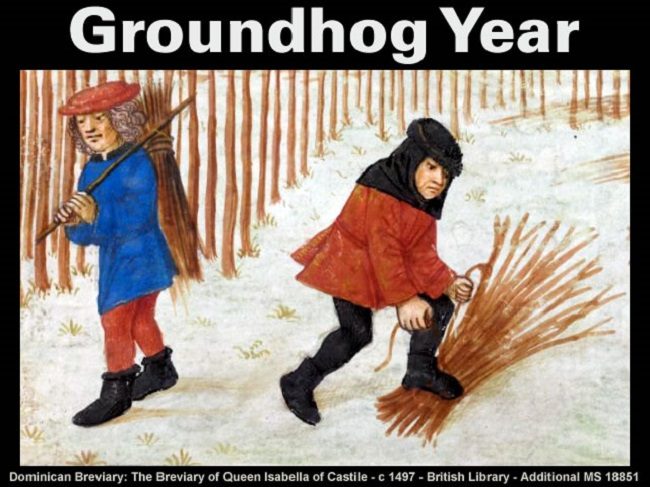
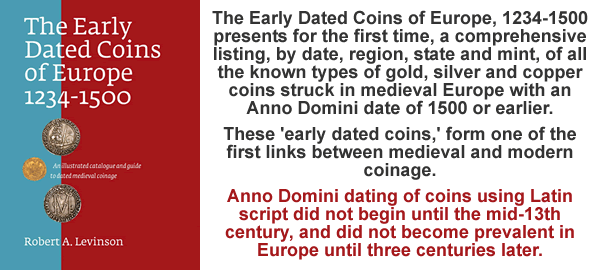
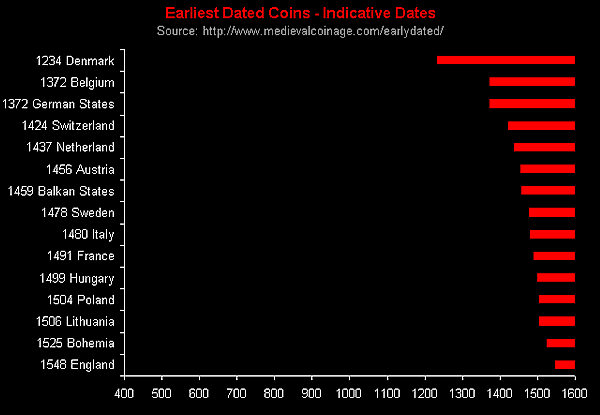
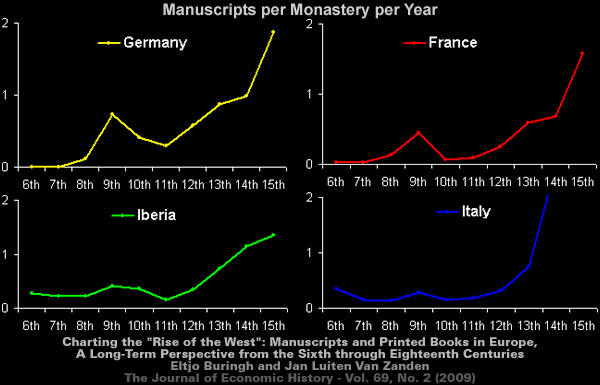

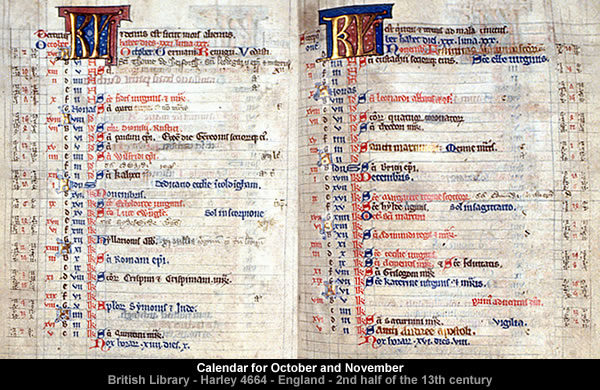
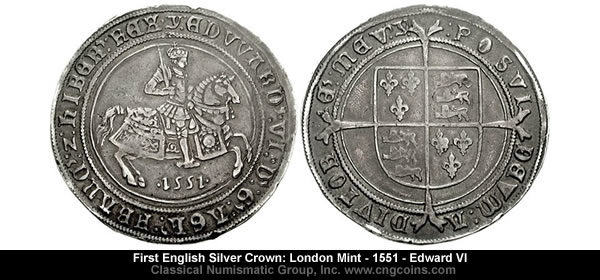
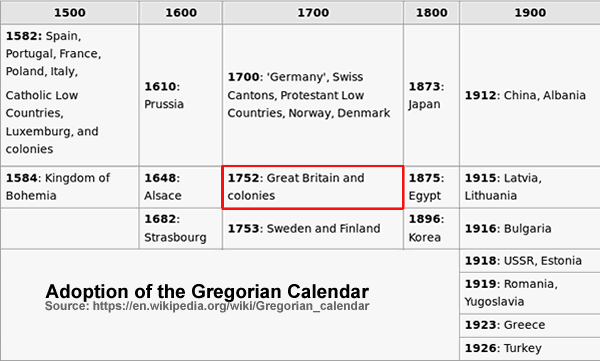
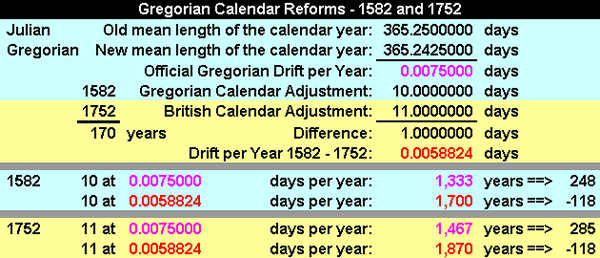
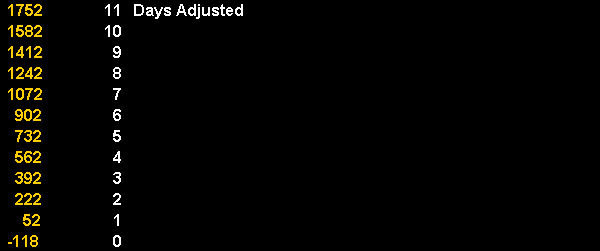
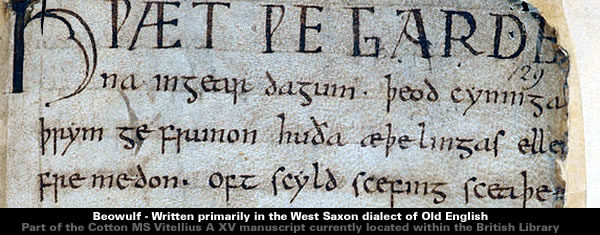
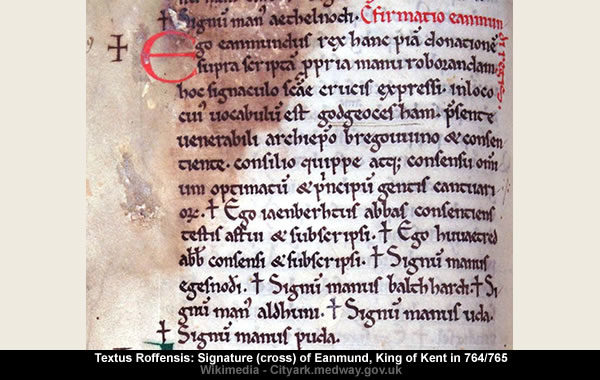
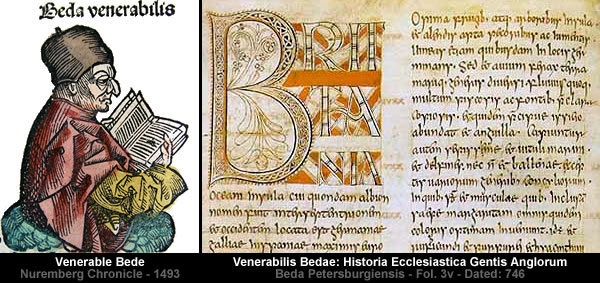
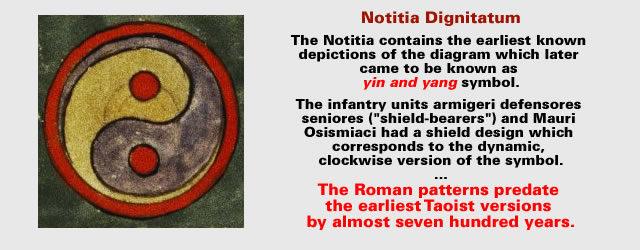
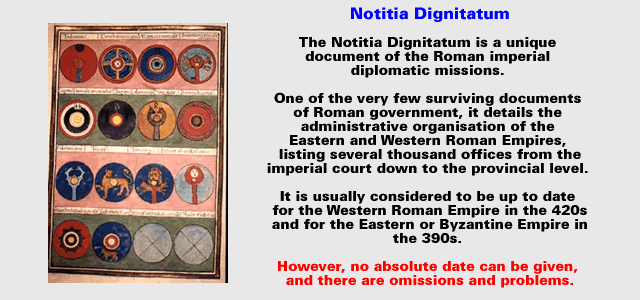
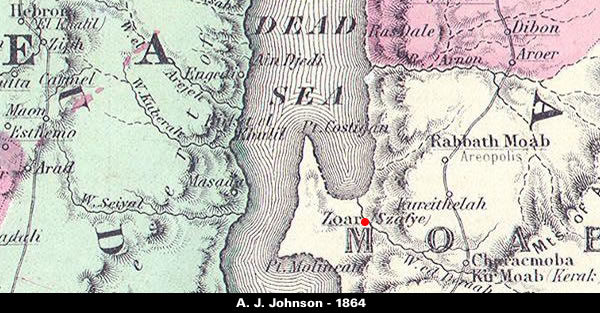



Reader Comments
Wikipedia: "In common law, a "lunar month" traditionally meant exactly 28 days or four weeks, thus a contact for 12 months ran for exactly 48 weeks.[1] In the United Kingdom, the lunar month was formally replaced by the calendar month for deeds and other written contracts by the Law of Property Act 1925 and for all other legal purposes by the Interpretation Act 1978"
Whenever there was a catastrophe or cataclysm, recording events and times would not have been a priority, I think, so by word of mouth and haphazard noting the history was made to fit. In doing so, many events, truths and people were made non-existent and irrelevant or invented and overrated. The whole Jesus myth immediately comes to mind.
Former books explain the gregorian calendar and say that it was necessary to separate the feasts of the christians from the feast of the jews. And that it will be necessary to forget the golden number.
Golden number in astronomy means the use of the metonic circle, which in turn means the use of the lunisolar jewish calendar.
This use of the jewish calendar for the christian liturgy is supposed to concern the quartodeciman christians of Irenaeus in the 2d century.
1st of January is the 1st day of the year in France for the first time in 1567. Very short use of a julian calendar so, with very little success.